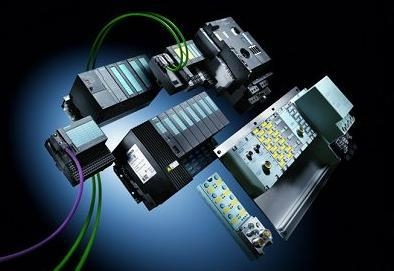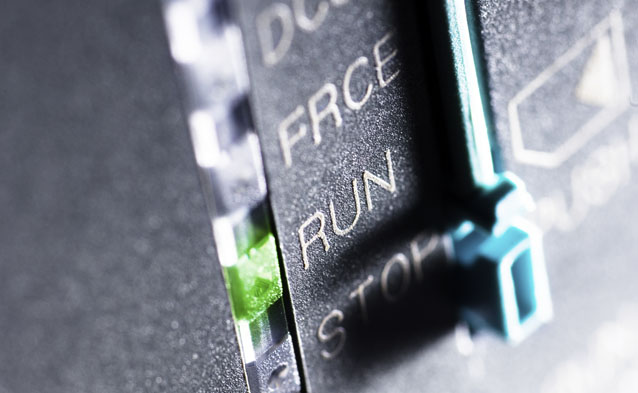 Automation systems seem to add new technical capabilities almost daily. Modern automation systems use information technology (IT) capabilities to provide better control of the automation. Those IT capabilities require security, regulatory compliance, and operations management like never before.
Automation systems seem to add new technical capabilities almost daily. Modern automation systems use information technology (IT) capabilities to provide better control of the automation. Those IT capabilities require security, regulatory compliance, and operations management like never before.
The past two years have been a wakeup call for the industrial automation industry. It has been the target of sophisticated cyber attacks like Stuxnet, Night Dragon and Duqu. An unprecedented number of security vulnerabilities have been exposed in industrial control products and regulatory agencies are demanding compliance to complex and confusing regulations. Cyber security has quickly become a serious issue for professionals in the process and critical infrastructure industries. If you are a process control engineer, an IT professional in a company with an automation division, or a business manager responsible for safety or security, you may be wondering how your organization can get moving on more robust cyber security practices.
 We can offer you the guidance you need to achieve success. Our security services will put you on the right path in far less time than it would take if you were to begin on your own. We scour numerous industry standards and best practice documents, seeking the most comprehensive method to secure your environment. We combine our experience in assessing the security of industrial control systems, large corporate network topologies and decades of experience.
We can offer you the guidance you need to achieve success. Our security services will put you on the right path in far less time than it would take if you were to begin on your own. We scour numerous industry standards and best practice documents, seeking the most comprehensive method to secure your environment. We combine our experience in assessing the security of industrial control systems, large corporate network topologies and decades of experience.